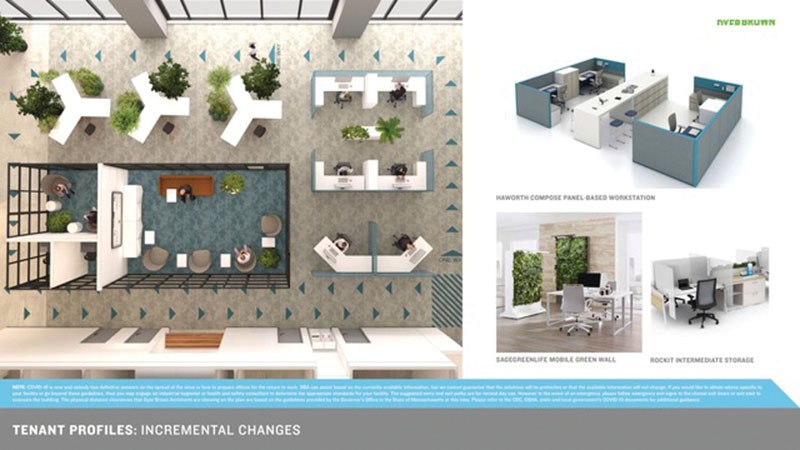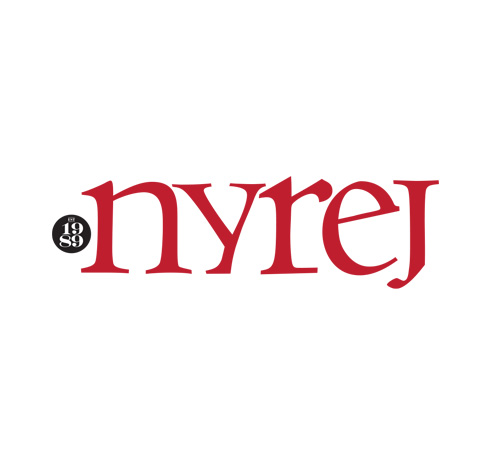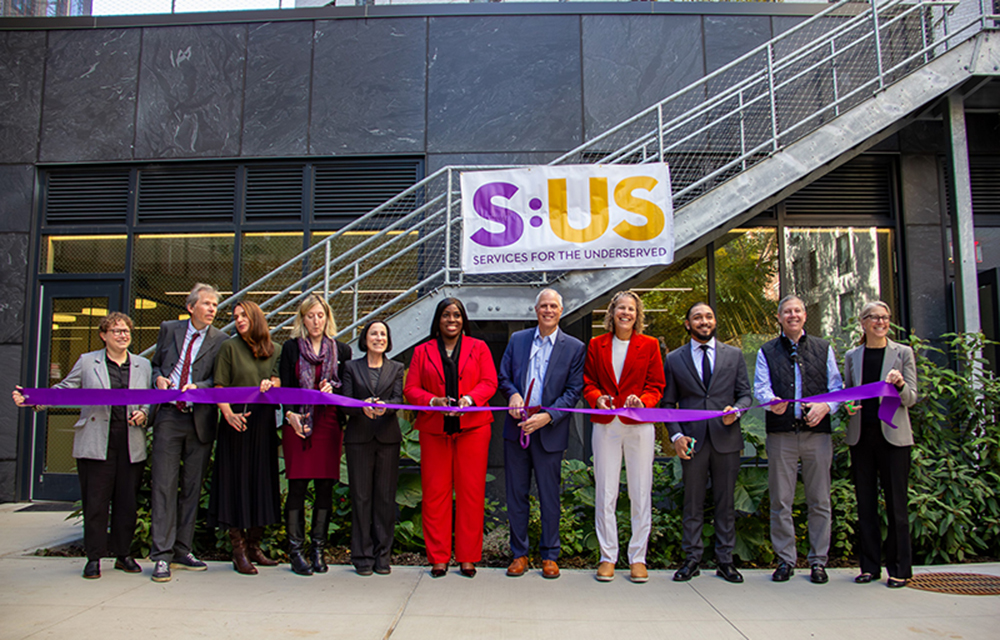Dyer Brown offers new workplace redesigns and strategies

New York, NY As corporations and institutions plot out strategies for bringing workers back into the office, effective communications and carefully executed change management may be just as important as new policies and physical redesigns of their workplaces.
According to Rachel Woodhouse of Dyer Brown, this key element of workplace strategy—change management—blends agile tactics, worker upskilling, human resources, interpersonal counseling and hybrid remote/office policy. Yet it also encompasses digital tools, architectural design, physical protections, signage, and other office improvements.
“Transforming our offices for the future demands an immediate and inclusive communication strategy as part of rolling out change management,” says Woodhouse, who co-authored Future Shift, an illustrated “pandemic playbook” for returning to the shared workplace. “Employees will be bombarded by conflicting, confusing information leaving them anxious and eager for leadership.”
On top of that, workplace experience is changing dramatically in many organizations. According to McKinsey, flexible space solutions are growing by 25% annually, while primary office use is expected to decline by 12%. As the portfolio of space solutions changes, employees need guidance to adapt and flourish, said Woodhouse.
“People will expect flexibility in the way they work, now more than ever, and the most successful future workplaces are ones that can pivot and operate in multiple modes,” says Woodhouse. “If real estate strategy is going to respond to that, then focusing on people should be a top priority.” To develop and plan communications, Woodhouse lists various best practices:
- A core leadership group to drive consistent messaging across the organization
- Clearly delineated workplace policies — and engaged managers trained in those
- A clearinghouse for public advisories from government and health officials
- Immediate responses to any crises requiring remedial action
- Governance for multidepartmental and cross-functional team interaction
- Matching remote/hybrid work approaches with business continuity plans
- Inclusion of all team members when developing new processes
According to Woodhouse, transparency and open communication is key–communicating what is known and what is unknown as a key method of building trust across the organization. “Communication needs to be planned,” Woodhouse said. “There cannot be any reading between the lines. This may mean investing in new hires, such as on-site community managers, to help choreograph the new ways of working.”
Organizations that educate staff well, and prepare them for radically new work environments and processes, according to Woodhouse, will ride out the challenges better and most productively. “Emphasize what the physical office means to the organization, but also understand what mode of working works best for all teams, to be prepared for future changes,” she said. “Managing so much change with care and intention will build trust among the teams that will pay dividends in the future. This moment offers a real opportunity to advance inclusion, transparency and trust in organizations, so don’t let it go to waste.”
NYC mayor and DOB release comprehensive façade inspection and safety study conducted by Thornton Tomasetti








.gif)
.jpg)
.gif)
.gif)